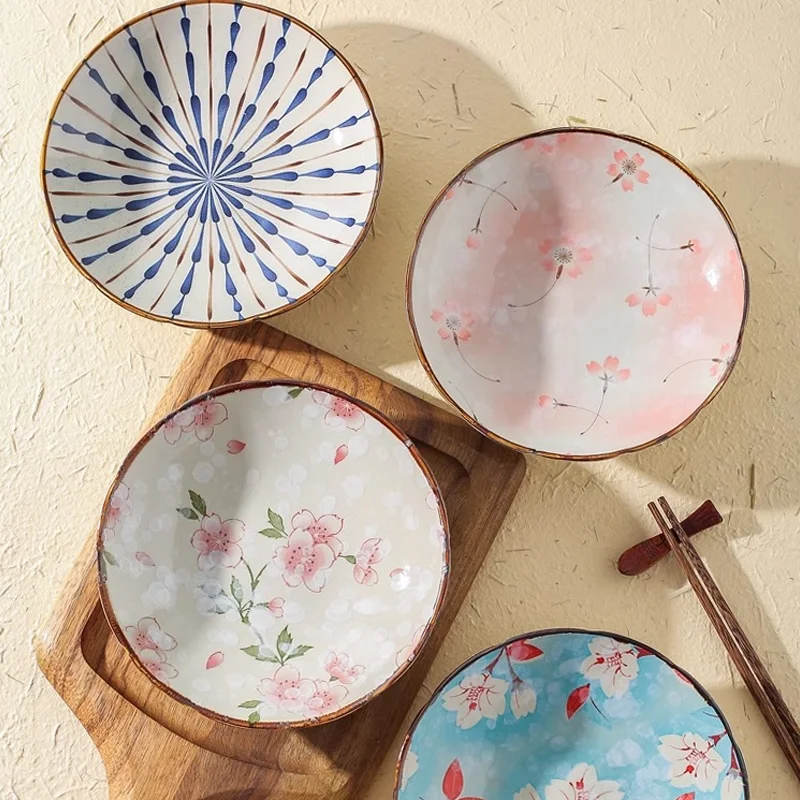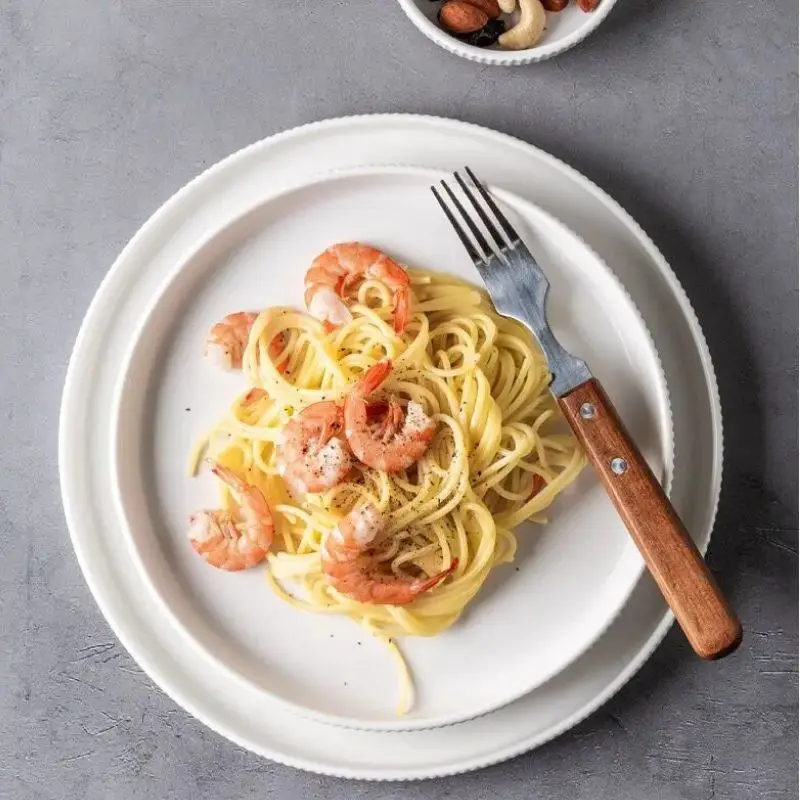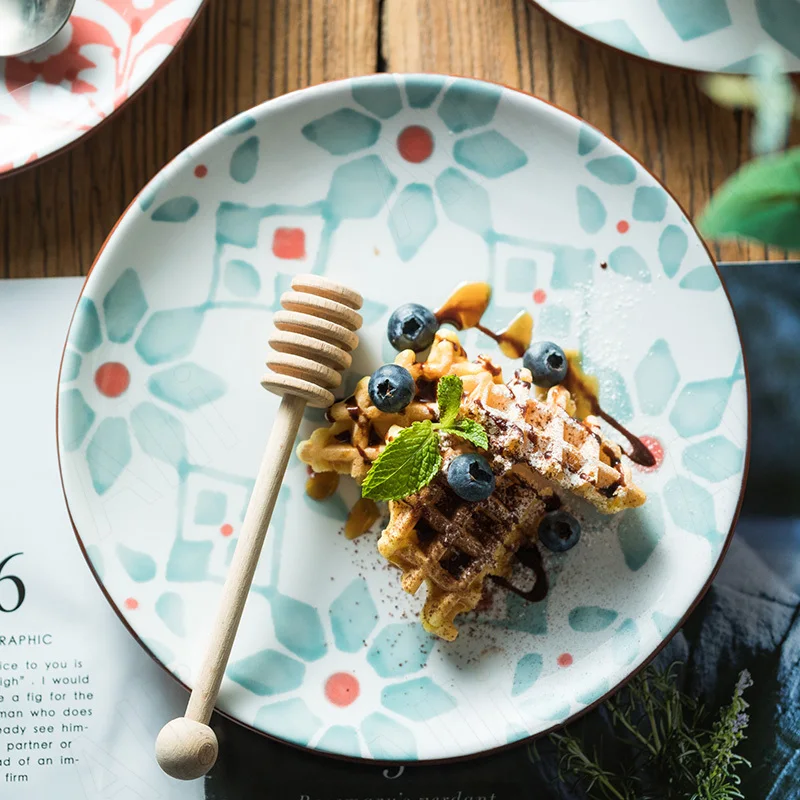Dinnerware
The Essential Guide to Choosing and Using Dinnerware
Dinnerware is an essential component of any dining experience, serving not just a functional purpose but also defining the style and atmosphere of meals. Whether you’re enjoying a simple breakfast, hosting a dinner party, or decorating a table for a special occasion, the right dinnerware can make all the difference. This comprehensive guide explores the nuances of selecting, using, and caring for dinnerware, ensuring that every meal is presented beautifully and enjoyed thoroughly.
The Importance of Dinnerware in Dining
Dinnerware sets the stage for food, influencing not only the visual appeal of a meal but also the guests’ dining experience. The right plates, bowls, and serving pieces can complement the food’s flavors and colors, enhancing the overall sensory experience. Beyond aesthetics, high-quality dinnerware can signify the importance of an occasion, reinforce a dining theme, or reflect personal style.
Types of Dinnerware Sets
Dinnerware comes in various sets, each designed to meet specific needs and occasions:
- Everyday Sets: Typically includes plates, bowls, and mugs for daily use. These sets are usually durable, easy to clean, and casual in design.
- Formal Sets: Often feature additional pieces like bread plates, soup bowls, and more elaborate designs. Materials like porcelain or fine china are common, reflecting elegance and refinement suitable for formal gatherings.
- Specialty Sets: These are designed for specific types of meals or cuisines, such as sushi sets, pasta bowls, or chargers for upscale dining events.
Choosing the Right Material
The choice of material for dinnerware affects both its look and functionality. Here are the most popular materials:
- Porcelain: Known for its durability and refined finish, porcelain is ideal for both everyday and formal dinnerware.
- Stoneware: This material offers a more rustic look, with greater weight and a casual feel. It’s perfect for everyday use due to its durability.
- Bone China: Considered one of the finest dinnerware materials, bone china is both elegant and strong, suitable for formal and special occasions.
- Melamine: While not suitable for microwave use, melamine is exceptionally durable, making it ideal for outdoor meals or families with young children.
- Glass: Glass dinnerware provides a modern look and is typically reserved for more casual dining scenarios.
Design and Color Considerations
The design and color of dinnerware play a pivotal role in its selection:
- Neutral Colors: White, cream, or beige dinnerware offers versatility, making food appear more vibrant and appealing while easily matching with various table settings.
- Bold Patterns: Vibrant colors and bold patterns can set a mood, complement a theme, or add personality to a meal.
- Mix and Match: Combining different colors and patterns can create a unique table setting. This approach allows for flexibility and personal expression in table styling.
Setting the Table
The arrangement of dinnerware is crucial in table setting:
- Formal Settings: A formal table setting might include multiple plates, glasses, and utensils, arranged in a precise order to accommodate a multi-course meal.
- Casual Settings: For everyday meals, simpler settings with fewer pieces allow for easy dining and cleanup.
- Decorative Settings: Incorporating thematic elements, seasonal decorations, or matching textiles can enhance the dining experience for special occasions.



